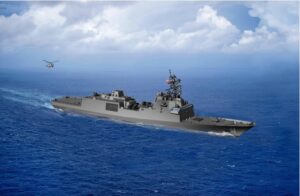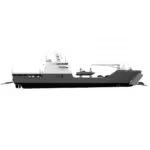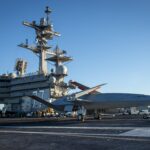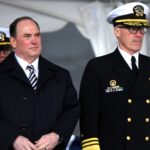
An HII Ingalls Shipbuilding [HII] official this week confirmed the company is still interested in potentially being a second shipbuilder for the new Constellation-class frigate program as well the Landing Ship Medium (LSM) program, formerly called the Light Amphibious Warship (LAW). “The facility itself has excess capacity right now. We put over a billion dollars in the shipyard of the future initiatives that we did and we just completed last year. So the facility within the shipyard has the capacity…

 By
By 










